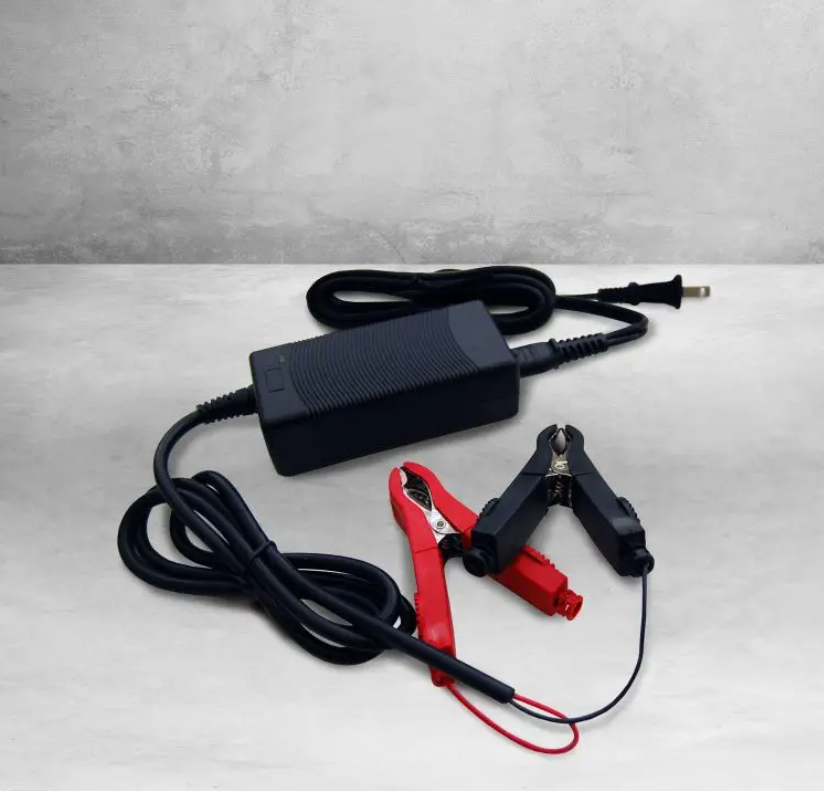Are you ready to unlock the true potential of your Dakota lithium batteries? If you've invested in these high-performance powerhouses, you'll want to ensure that they are charged optimally to guarantee the best performance and longevity. In this comprehensive guide, we'll explore the world of Dakota lithium battery chargers, their compatibility with different lithium battery types, and how to charge your batteries efficiently, whether through traditional methods or with the power of the sun.
Choosing the Right Charger for Your Dakota Lithium Battery
Dakota Lithium batteries are designed to deliver exceptional performance, but to achieve this, it's crucial to select the right charger. Using an incompatible charger can reduce your battery's performance and lifespan. Here's what you need to know:
Charger Compatibility and Battery Type
Dakota Lithium batteries are compatible with various lithium battery types, including lithium-ion (li-ion), lithium iron phosphate (LiFePO4 or LFP), lithium-manganese-cobalt-oxide (NMC), or lithium titinate oxide (LTO) batteries. However, all Dakota Lithium batteries should be charged using a LiFePO4-compatible charger. Avoid using SLA or lead acid chargers, as they use lower voltage and can stress the lithium chemistry, leading to reduced performance and a shorter lifespan.
Voltage Matching and Charging Speed
When choosing a charger, ensure it matches the voltage of your battery. For example, a 12V battery should be charged with a 12V charger. Additionally, consider how fast you want to charge your battery. Charger amp ratings (A) determine charging speed. Higher amp ratings result in faster charging. You can calculate the approximate charge time by dividing the battery's amp hour (Ah) rating by the charger's amp (A) rating.
Example:
- A 3 amp charger would charge a 10 Ah battery in 3.3 hours (10 Ah / 3 Amps = 3.3 hrs).
Safety Considerations
Ensure that the charger's amp rating does not exceed the amp-hour rating of the battery. Using a charger with a higher amp rating can damage the battery. For instance, using a 10A charger with a 7 Ah battery is not recommended as it may harm the battery.
Examples of Charger Selection for Different Battery Sizes
Let's explore some specific examples of charger selection for various Dakota Lithium battery sizes:
- 12V, 10Ah Battery:
- Recommended Charger: 12V 3A LiFePO4 Charger (3 Hours)
- Faster Charger Option: 12V 10A LiFePO4 Charger (1 hr)
- 24V, 50Ah Battery:
- Recommended Charger: 24V 5A LiFePO4 Charger (10 Hours)
- Faster Charger Option: 24V 20A LiFePO4 Charger (2.5 Hours)
- 48V, 96Ah Battery:
- Recommended Charger: 48V 8A LiFePO4 Charger (12 Hours)
- Faster Charger Option: 48V 15A LiFePO4 Charger (6 hrs)
By following these guidelines, you can ensure that your Dakota Lithium battery receives the right charge for optimal performance and a long lifespan.
Charging Dakota Lithium Batteries with Solar Energy
Are you looking to harness the power of the sun to charge your Dakota lithium batteries? Dakota Lithium makes it possible with solar chargers that are optimized for use with their batteries. Here's what you need to know:
Solar Efficiency with LiFePO4 Technology
Dakota Lithium's Lithium Iron Phosphate (LiFePO4) technology boasts the highest efficiency rate for storing and utilizing solar energy. This makes it an excellent choice for solar charging applications.
Direct Solar Panel Connection for Smaller Batteries
For Dakota lithium batteries with a capacity of less than 50 AH and solar panels with an output of fewer than 80 watts, you can directly connect the solar panel to the battery. This straightforward method allows you to charge your batteries with minimal hassle.
Lithium-compatible solar charge controllers
For larger batteries or solar panels with more than 100 watts of output, it's recommended to use a lithium-compatible solar charge controller. This controller optimizes the charging voltage and enhances the overall efficiency of the solar charging system. It's a smart choice for larger power needs.
By incorporating solar energy into your Dakota Lithium battery charging routine, you can create an off-the-grid power system that's not only eco-friendly but also incredibly efficient.
Charging Dakota Lithium Batteries From an Engine's Alternator
If you're constantly on the move and need to charge your Dakota Lithium batteries while driving, connecting them to your vehicle's alternator is a smart choice. However, you must do it correctly to ensure safety, performance, and battery longevity. Here's what you need to know:
Rapid Charging Using an Engine's Alternator
Dakota Lithium house batteries can be connected to your vehicle's alternator for rapid charging while on the road. This is a great solution for boats, trucks, RVs, or vans.
The Importance of a Lithium-Compatible DC-DC Charger
For this method, it's essential to use a lithium-compatible DC-DC charger. This ensures that the charging process is optimized for your Dakota Lithium batteries, providing safe and efficient charging while driving.
Conclusion
In conclusion, ensuring that you're using the right charger for your Dakota lithium batteries is crucial for unlocking their full potential. By following the guidelines mentioned here, you can optimize performance and extend the lifespan of your batteries. Whether you're charging them with solar energy or your vehicle's alternator, making the right choices will empower your Dakota Lithium batteries and provide you with reliable, long-lasting power.
